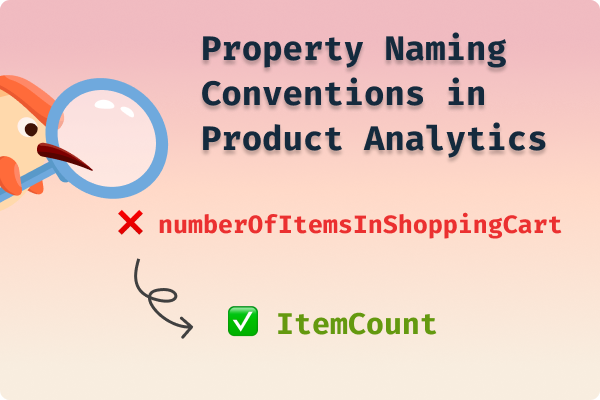When it comes to turning prospects into customers, understanding your user funnel is critical. Every stage of the funnel—awareness, interest, consideration, conversion, and retention—offers opportunities for optimization. By analyzing how users move through your funnel and making improvements at each stage, you can dramatically increase conversions and grow your business.
What is a User Funnel?
A user funnel is a model that represents the stages users go through as they move from first learning about your product to becoming loyal customers. It’s a way to visualize the customer journey and identify where users may be dropping off or getting stuck.
Each stage of the funnel serves a different purpose:
- Awareness: Users become aware of your product.
- Interest: Users engage with your content and learn more.
- Consideration: Users evaluate your product against competitors.
- Conversion: Users make a purchase or take the desired action.
- Retention: Users become repeat customers or advocates.
Optimizing each stage of the funnel ensures that you’re effectively guiding users from one step to the next, improving your overall conversion rates.
Awareness – Capturing Attention
The first step in your funnel is getting users to notice your product. This is where you cast the net wide, attracting users through paid ads, social media, SEO, and content marketing.
What to Focus On:
- Key Tactics: Paid ads, social media posts, SEO, content marketing.
- Metrics: Impressions, traffic, click-through rate (CTR).
- Optimization Tips: Target your ads to specific demographics, and use engaging visuals and copy to capture attention. Optimize content for SEO to drive organic traffic.
Interest – Engaging Prospective Users
Once you’ve captured attention, the next stage is generating interest. Users will want to explore your product and learn more about how it solves their problems.
What to Focus On:
- Key Tactics: Email marketing, blog posts, webinars, product demos.
- Metrics: Bounce rate, time on page, email open rates.
- Optimization Tips: Personalize email content, provide in-depth blog articles, and offer free webinars or product demos to keep users engaged.
Consideration – Nurturing Leads
At this stage, users are evaluating your product and comparing it to other options. Your goal is to provide them with enough information and proof that your product is the best choice.
What to Focus On:
- Key Tactics: Case studies, product comparisons, testimonials, free trials.
- Metrics: Trial sign-ups, demo requests, time spent on comparison pages.
- Optimization Tips: Use persuasive content like customer success stories and highlight the unique benefits of your product. Offer a free trial or demo to help users experience the product firsthand.
Conversion – Turning Prospects into Customers
This is the most critical stage: getting users to take the final step and convert. Whether it’s signing up, making a purchase, or subscribing, your conversion tactics need to reduce friction and make the process seamless.
What to Focus On:
- Key Tactics: Clear CTAs, simplified checkout, discounts, and incentives.
- Metrics: Conversion rate, cart abandonment rate, average order value (AOV).
- Optimization Tips: Streamline the checkout process, reduce distractions, and use urgency tactics like limited-time discounts to drive action.
Retention – Keeping Users Engaged
Conversion is not the end of the funnel. Retaining customers and encouraging repeat business is just as important. This is where customer loyalty and advocacy come into play.
What to Focus On:
- Key Tactics: Loyalty programs, customer support, follow-up emails.
- Metrics: Churn rate, customer lifetime value (CLTV), repeat purchase rate.
- Optimization Tips: Provide ongoing support, offer personalized recommendations, and engage users with loyalty rewards.
Common Funnel Optimization Mistakes
Many businesses make the mistake of only focusing on one stage of the funnel. It’s important to address the entire user journey. Avoid:
- Broad targeting: Narrow your audience to those most likely to convert.
- Weak CTAs: Make sure your calls to action are clear and compelling.
- Complicated checkout: A difficult purchase process leads to high cart abandonment.
Tools for Funnel Optimization
To optimize your funnel effectively, use analytics and tracking tools like:
- Google Analytics: To track traffic, bounce rate, and conversions.
- Hotjar: For heatmaps and user behavior analysis.
- Mixpanel: To track user behavior and identify drop-off points.
Conslusion
Optimizing your user funnel is an ongoing process that requires continuous analysis and refinement. Each stage of the funnel—from awareness to retention—presents unique opportunities to engage and convert users. By using data-driven insights and the right tools, you can identify areas for improvement, reduce friction, and ultimately boost conversions.
The key is to approach funnel optimization holistically, ensuring that every stage is working efficiently to guide users toward taking action and becoming loyal customers. Remember, a well-optimized funnel doesn't just improve conversions—it enhances the entire user experience, leading to long-term growth and success.



.svg)















.png)




.svg)
